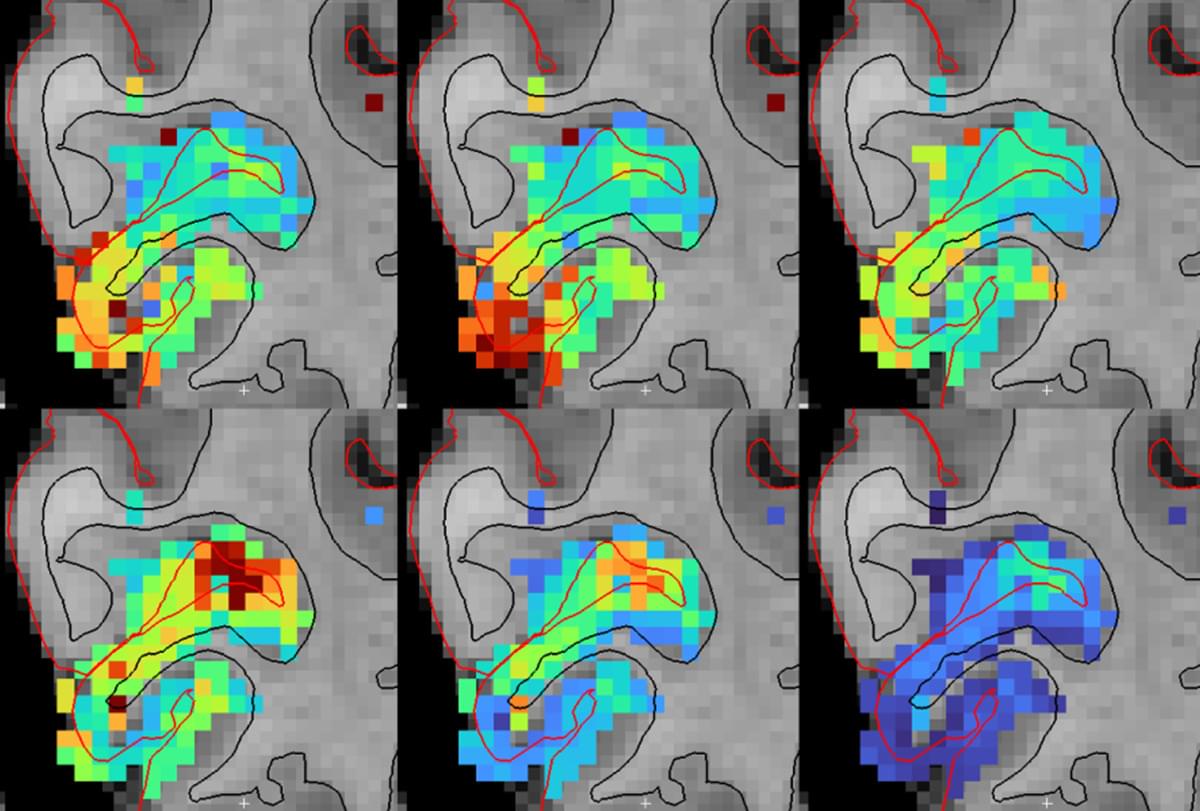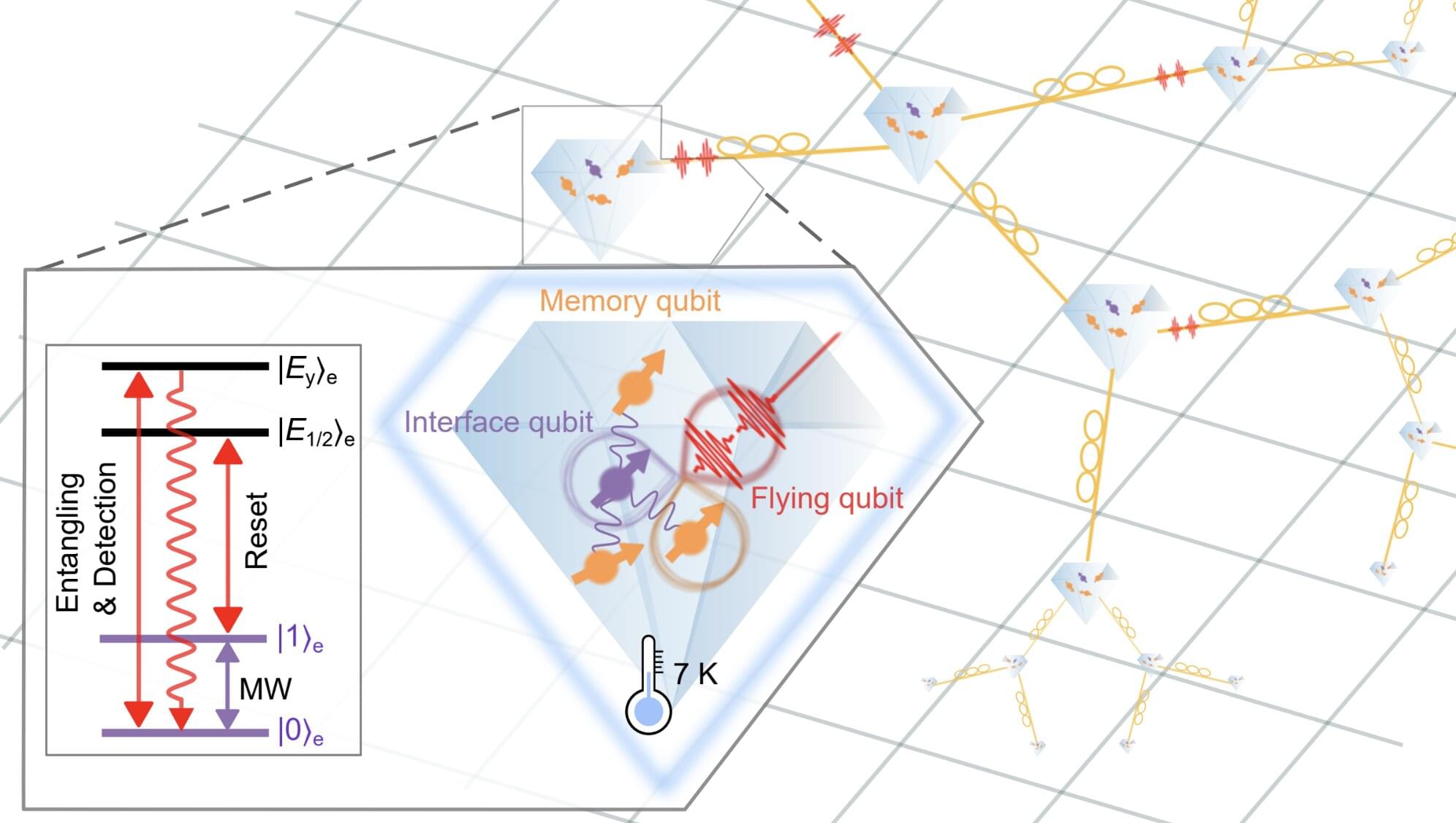Given the complexity of multi-tenant cloud environments and the growing need for real-time threat mitigation, Security Operations Centers (SOCs) must adopt AI-driven adaptive defense mechanisms to counter Advanced Persistent Threats (APTs). However, SOC analysts face challenges in handling adaptive adversarial tactics, requiring intelligent decision-support frameworks. We propose a Cognitive Hierarchy Theory-driven Deep Q-Network (CHT-DQN) framework that models interactive decision-making between SOC analysts and AI-driven APT bots. The SOC analyst (defender) operates at cognitive level-1, anticipating attacker strategies, while the APT bot (attacker) follows a level-0 policy. By incorporating CHT into DQN, our framework enhances adaptive SOC defense using Attack Graph (AG)-based reinforcement learning. Simulation experiments across varying AG complexities show that CHT-DQN consistently achieves higher data protection and lower action discrepancies compared to standard DQN. A theoretical lower bound further confirms its superiority as AG complexity increases. A human-in-the-loop (HITL) evaluation on Amazon Mechanical Turk (MTurk) reveals that SOC analysts using CHT-DQN-derived transition probabilities align more closely with adaptive attackers, leading to better defense outcomes. Moreover, human behavior aligns with Prospect Theory (PT) and Cumulative Prospect Theory (CPT): participants are less likely to reselect failed actions and more likely to persist with successful ones. This asymmetry reflects amplified loss sensitivity and biased probability weighting — underestimating gains after failure and overestimating continued success. Our findings highlight the potential of integrating cognitive models into deep reinforcement learning to improve real-time SOC decision-making for cloud security.








